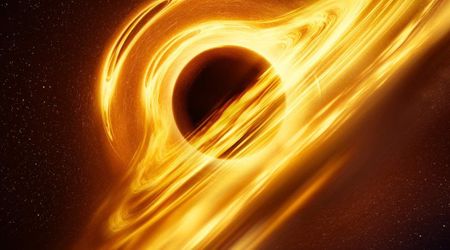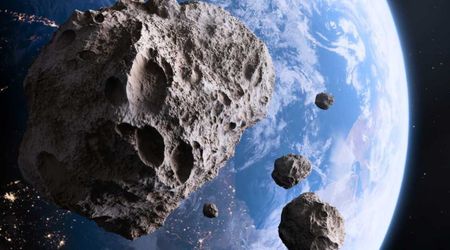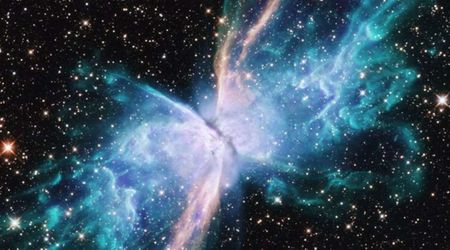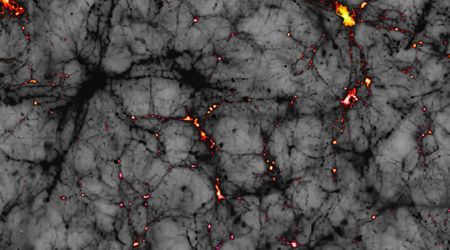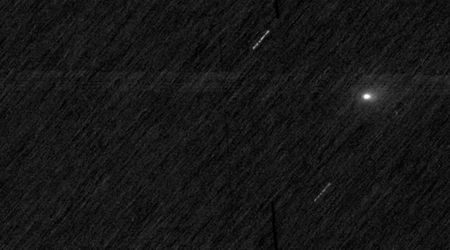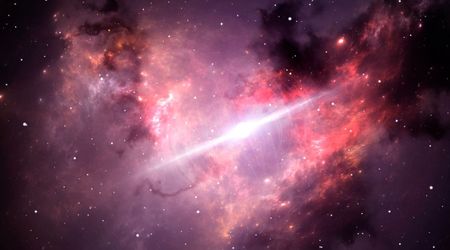Why NASA and SpaceX delayed the undocking of the Dragon cargo mission by 24 hours

NASA and SpaceX successfully undocked the unpiloted Dragon cargo spacecraft from the International Space Station (ISS), which later splashed down off the coast of California on Sunday, May 25, per the space agency. At 1:44 a.m. Eastern Daylight Time (EDT) on Sunday, the company’s 32nd commercial resupply services (CRS) mission to ISS for NASA returned to the home planet.
LIVE: An uncrewed @SpaceX Dragon spacecraft is departing from the @Space_Station and heading back to Earth. Watch now on NASA+ — undocking is scheduled for 12:05pm ET (1605 UTC): https://t.co/rCcLQbvWkk pic.twitter.com/tw1lg28bFQ
— NASA (@NASA) May 23, 2025
However, hours before the victory, the plans for Thursday's undocking of the Dragon, filled with cargo and science, were put on hold for 24 hours by the agency and the company due to unsuitable weather conditions, according to NASA. The mission was then given a new target date for return. The issued weather review set Friday, May 23, 12:05 p.m. EDT (1605 GMT) for undocking, and with everything in place, the splashdown took place on the assigned time.

NASA started the live undocking coverage at 11:45 a.m. on Friday. As the Dragon had a parachute-assisted splashdown, support personnel had a clear visibility condition to retrieve it safely. The Dragon was loaded by NASA Flight Engineers Anne McClain, Nichole Ayers, Jonny Kim, and the station Commander Takuya Onishi from JAXA (Japan Aerospace Exploration Agency) aboard the ISS.
.@NASA and @SpaceX are standing down from Thursday’s undocking opportunity of Dragon. The next weather review is planned for 12pm ET today, with the next available undocking opportunity on Friday, May 23. https://t.co/sqydo9G2z7
— International Space Station (@Space_Station) May 22, 2025
The cargo was stored with completed science experiments, time-critical research samples, and lab hardware. The Dragon’s departure was supervised by spacecraft monitoring hardware in the cupola and the Tranquility module, installed by Kim. The Dragon splashdown was not covered live by NASA. The Dragon moved to a safe distance away from the ISS after undocking and started a series of deorbit burns to get into a return trajectory.

The planned splashdown in the Pacific Ocean concluded SpaceX’s 32nd mission for NASA’s Commercial Resupply Services program. The CRS-32 capsule brought back samples from NASA’s Multipurpose International Space Station Experiment (MISSE-20). It also includes an Astrobee robot and the technology demonstration for REACCH (Responsive Engaging Arms for Captive Care and Handling). The capsule brought back a few other items from the ISS storage, along with non-recyclables onboard the station, set aside for disposal.
UPDATE: Due to weather, @NASA and @SpaceX are standing down from this morning's undocking opportunity of the Dragon cargo spacecraft from the @Space_Station.
— NASA's Johnson Space Center (@NASA_Johnson) May 22, 2025
🚀 The next available undocking opportunity is tomorrow, May 23. NASA will provide additional information as available. https://t.co/gR3LpH4ZQS
CRS-32 was launched into space on board a SpaceX Falcon 9 rocket on April 21 from NASA’s Kennedy Space Center in Florida. The spacecraft docked with the zenith port of the space station’s Harmony module a day later. The craft delivered about 6,700 pounds of food, equipment, and scientific experiments to the International Space Station, per Space.com. The Dragon is also the only operational cargo vehicle of the present day that can make deliveries to and from space without being combusted by re-entry operations.

Other known spacecraft, such as Northrop Grumman’s Cygnus spacecraft and Russia’s Progress vehicle, are not designed the same way. These crafts burn up during their re-entry through the planet’s atmosphere. Another spacecraft that reportedly had this facility was Boeing’s Starliner spacecraft, which could carry astronauts and store cargo in its crew cabin. However, the crew flight test of the spacecraft faced issues that delayed the entry of Boeing into space. It had to undergo thorough reviews and rework before being allowed into the space station’s official convoy.


